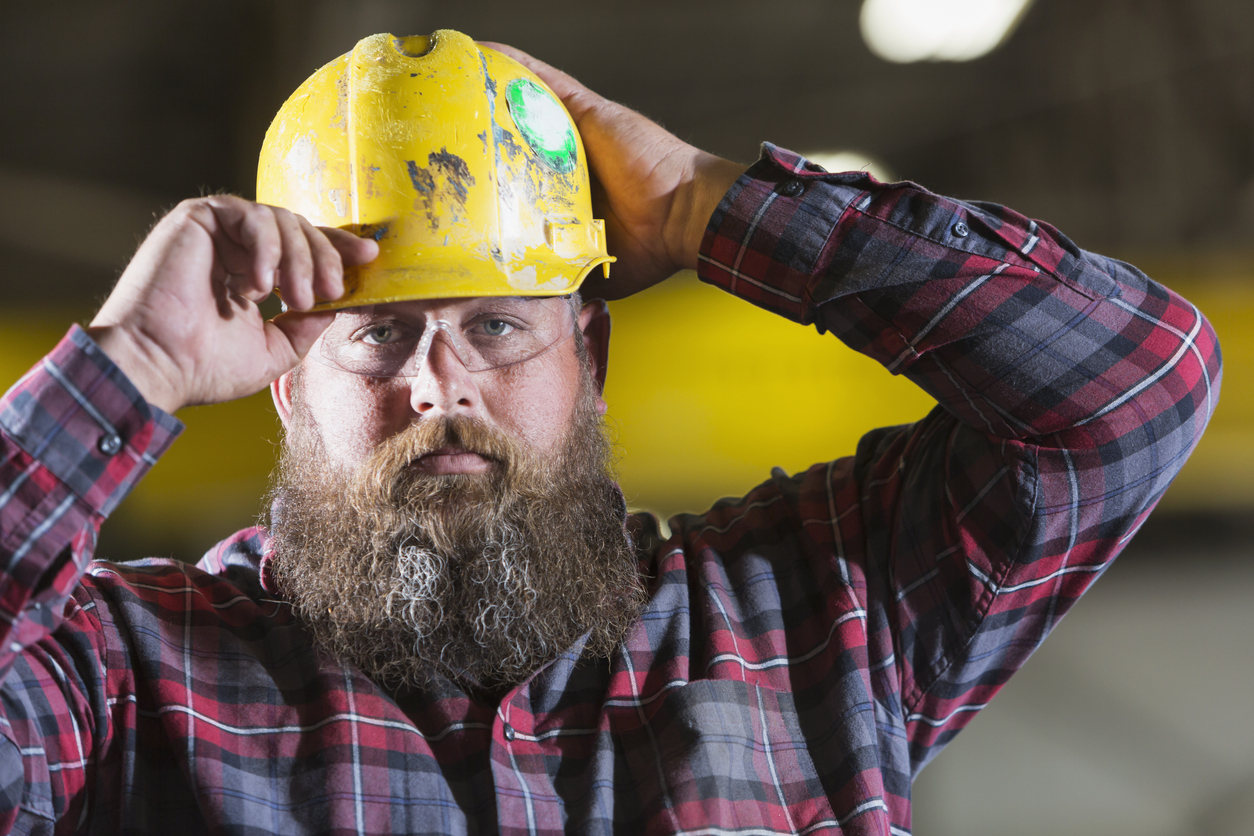
The dreaded call-back from an unhappy customer often takes up time and money that eats into your profit margins. However, successfully dealing with these issues can boost your customer service and improve word-of-mouth business. Turn your clients into raving fans with these call-back fixes.
Stucco that won’t stick around
When crumbling stucco becomes a regular call-back concern, consider reverting to the old three-coat stucco installation process. Sure, the initial installation will take more time, but you provide a better service and will reduce your call-backs. The one-coat systems are designed to save on energy and labor costs, but don’t offer the same quality that the traditional three-coat system offers.
Improving the building envelope
Walls seams are areas where air can infiltrate the building. Using longer wall sheathing panels like TallWall can reduce air leakage by up to 60%. Using TallWall eliminates the need for blocking at the horizontal joint and that means the wall cavity can be filled completely with insulation.
Leaky windows
Ensure that the flashing is correctly installed to move water away from the window systems. Condensation, mold and mildew may result from flashing that is installed backwards or incorrectly. Many contractors start at the top of a window and work down, which layers that flashing backwards. “Frequently, the head flashing and/or drip cap is installed over the housewrap or building paper,” says Alan Mooney, PE, president of Criterium Engineers. “This enables water to get in behind the flashing barrier.”
Warped walls
Whenever possible, allow wall sheathing panels to acclimate to the new onsite conditions before installation. Leave a 1/8-inch gap between panels to allow for expansion with changing seasonal humidity. This will prevents warping and bulging which may result in drywall cracks and nail pops.
Dry wall problems
Cracks or nail pops in a drywall are unsightly and usually get homeowners on the phone. These issues can be found in the corners, around opening and at framing joints. They may be a result of soil settling or changes in the ambient moisture levels.
More concerning culprits point to framing members, connectors or fasteners and supports that aren’t properly installed. Diagonal cracks can point to truss uplift, framing loads which have not been adequately engineered and sinking foundations.
You can mitigate these issues by using top-quality products and allowing them to acclimate onsite prior to installation. Check that your framing and drywall joints are properly installed and aligned and that all fasteners and metal connectors are properly installed.
